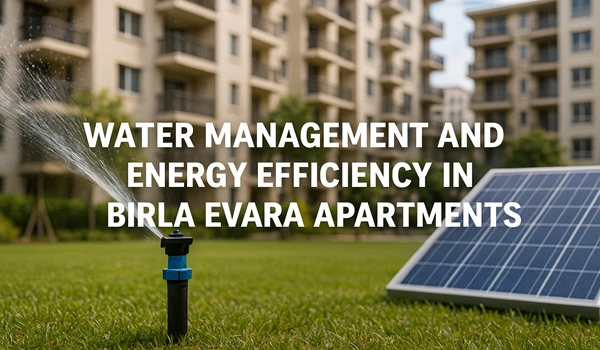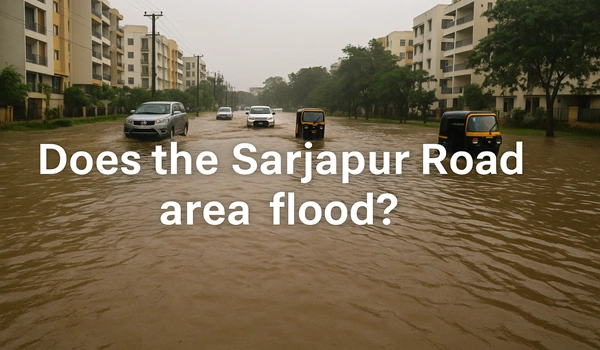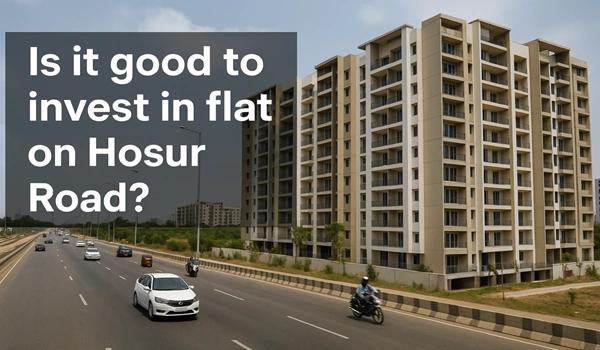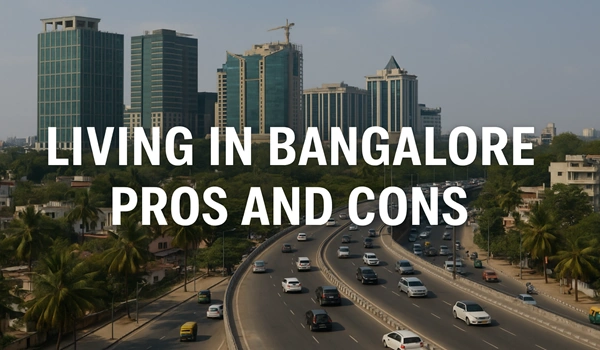Future Transport: Bengaluru Suburban Rail & Its Impact on East Bangalore
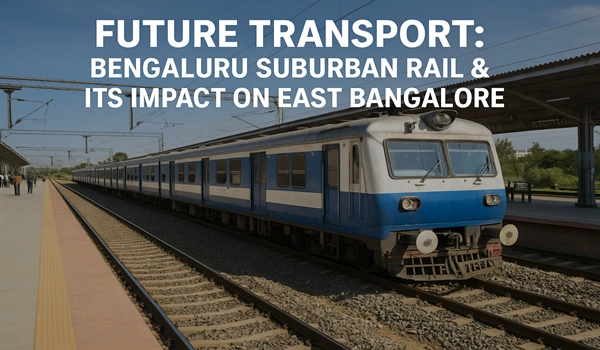
Urban mobility in Bangalore is on the edge of a major transformation. With rapid urbanisation, the need for efficient public transport has become critical. The Bengaluru Suburban Rail Project is a prime development aimed at easing congestion, improving last-mile connectivity, and bridging the distance between the city’s central business districts and the emerging residential and IT corridors of East Bangalore.
Among the areas set to benefit from this transit shift are Sarjapur Road, Kodathi Village, and nearby residential projects like Birla Evara, which are positioned to gain both lifestyle and investment advantages from improved transport infrastructure.
The Bengaluru Suburban Rail: A Long-Awaited Transit Solution
The Bengaluru Suburban Rail project, approved by the central government and executed by K-RIDE (Rail Infrastructure Development Company of Karnataka), aims to establish a 148-kilometre-long network with four main corridors:
- Corridor 1 (SBC–Devanahalli): Connecting the city to Kempegowda International Airport
- Corridor 2 (Byappanahalli–Chikkabanavara): Boosting access to East Bangalore
- Corridor 3 (Kengeri–Whitefield): Crucial for IT employees
- Corridor 4 (Heelalige–Rajankunte): Enhancing south-north connectivity
The project, set for completion in phases by 2027, is expected to significantly reduce travel times for daily commuters and enhance multi-modal integration with metro and bus services.
Why East Bangalore Stands to Benefit
East Bangalore has evolved into a major IT and residential zone in the last decade. Areas such as Sarjapur Road, Whitefield, and Kodathi Village have seen steady growth in both infrastructure and demand for quality housing. However, road congestion remains a challenge.
With the suburban rail network:
- Travel time will be reduced between key hubs and employment zones
- Public transport access will be strengthened for non-metro areas
- Commuting costs may decrease, attracting a larger workforce base
- Carbon emissions may drop due to reduced private vehicle dependency
These improvements are likely to push up the liveability index in East Bangalore and make it even more attractive to homebuyers and investors.
Sarjapur Road and Suburban Rail Connectivity
While Sarjapur Road does not directly fall on the initial four corridors, its proximity to stations at Byappanahalli and Heelalige via well-connected roads means indirect access is still valuable. In addition, future metro lines and road expansions will bridge any gaps.
For residents in and around Kodathi Village, including those at Birla Evara, the improvements mean:
- Easier access to employment zones like Electronic City, Outer Ring Road, and Whitefield
- Better inter-city rail access via suburban rail connections
- Increased potential for real estate appreciation due to rising demand in connected localities
Positive Impact on Real Estate
Transport infrastructure often acts as a catalyst for real estate growth. The suburban rail project is expected to:
- Attract a new wave of homebuyers looking for well-connected suburbs
- Improve rental yields in areas near future stations
- Accelerate commercial development, especially retail and services
- Raise long-term property value for residential projects near rail-linked corridors
For thoughtfully designed developments like Birla Evara, located in Kodathi Village off Sarjapur Road, this transformation enhances both functional and investment appeal. As more professionals seek homes that offer peaceful surroundings with urban connectivity, projects with long-term access to public transport infrastructure will stand out.
The Bengaluru Suburban Rail Project is more than a transport initiative—it is a step toward rebalancing urban growth and enhancing quality of life in emerging zones. For East Bangalore and strategic locations such as Sarjapur Road, the benefits will be multifaceted. With improved connectivity, lower commute stress, and increased real estate potential, areas like Kodathi Village are becoming central to Bangalore’s evolving urban story.
As the project progresses, communities like Birla Evara will reflect the next chapter of sustainable, well-connected living in the city.

